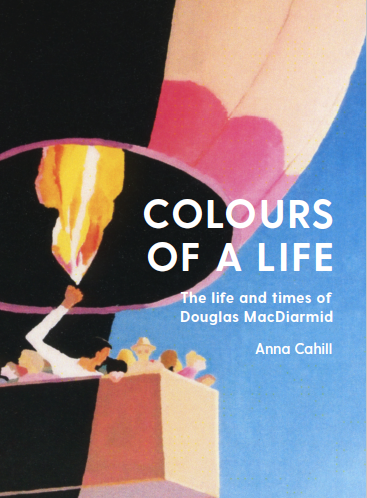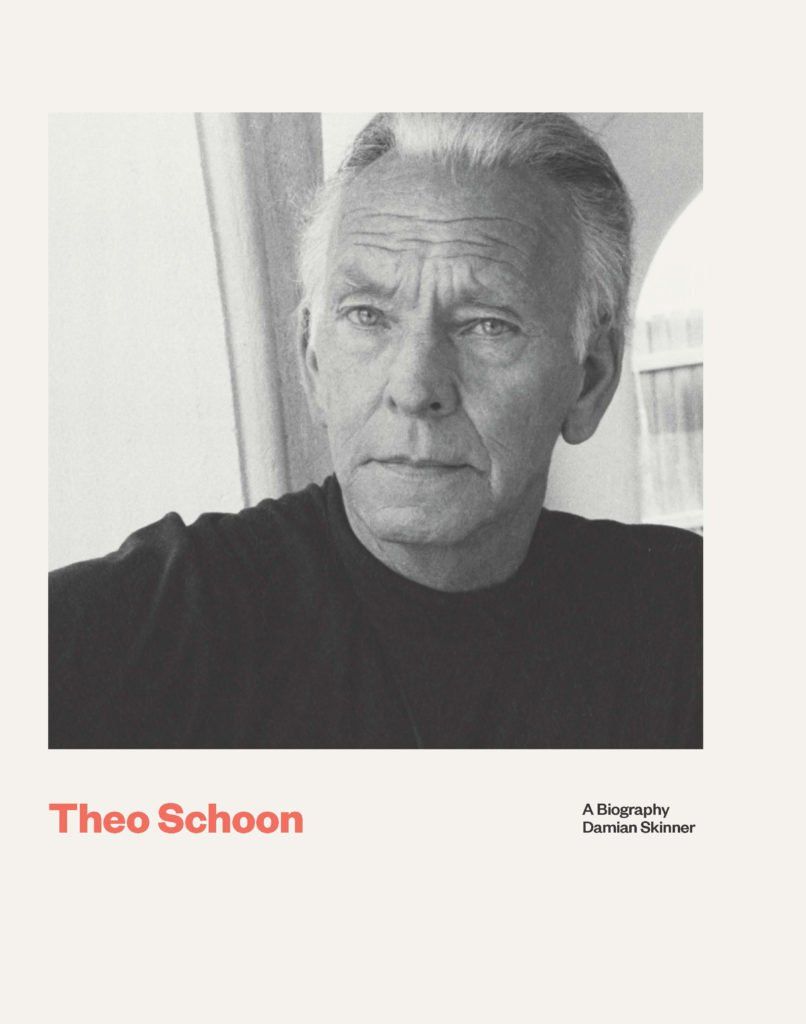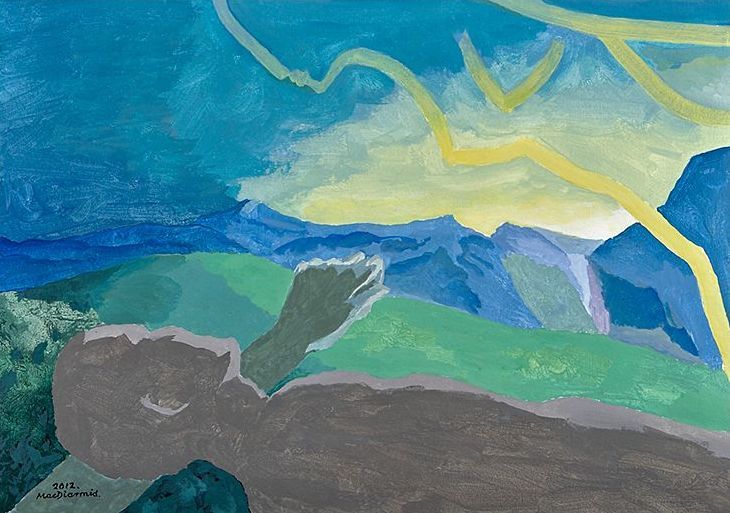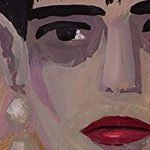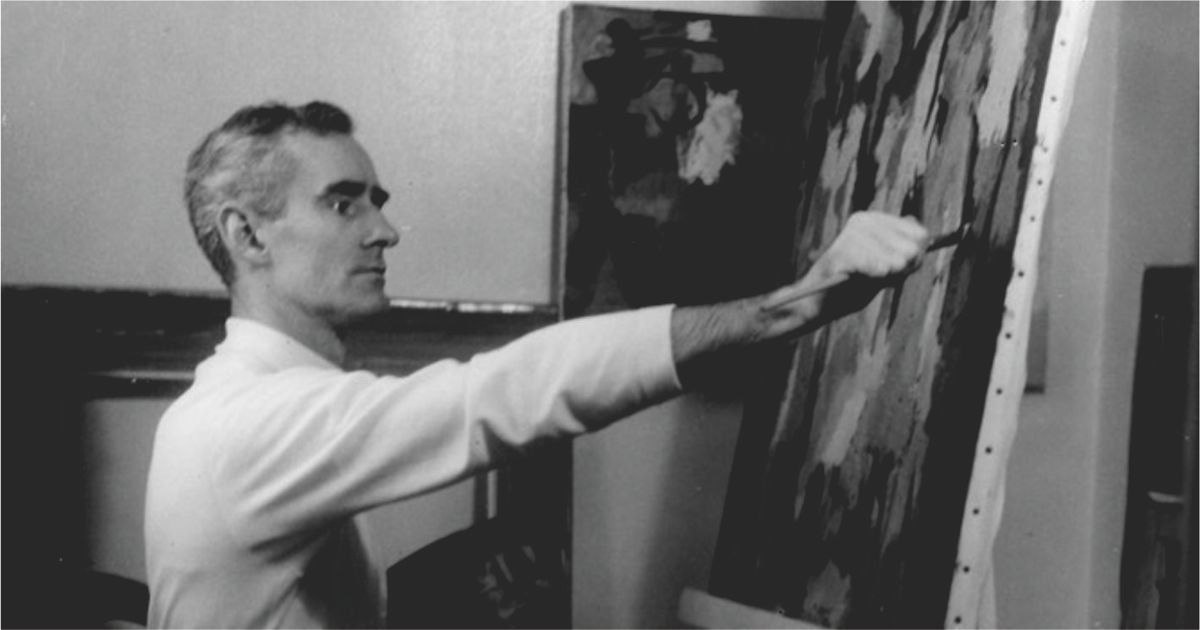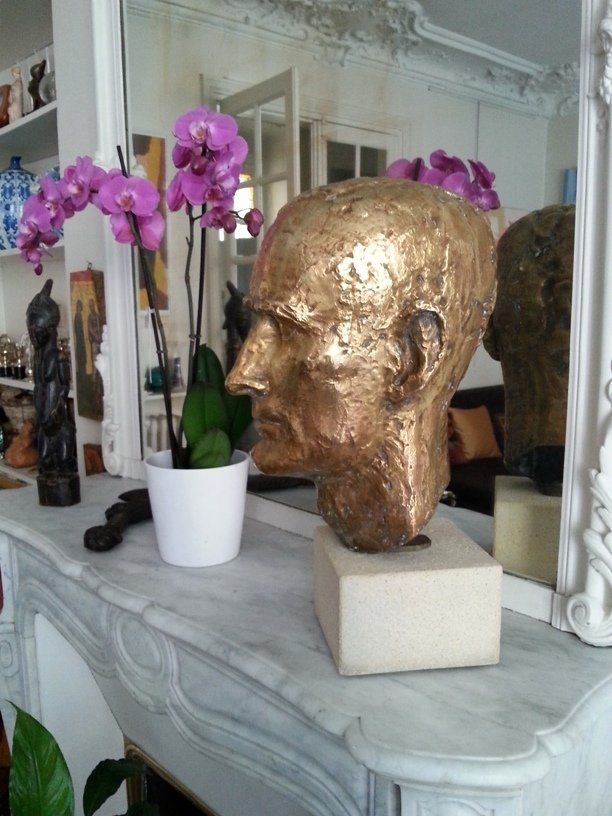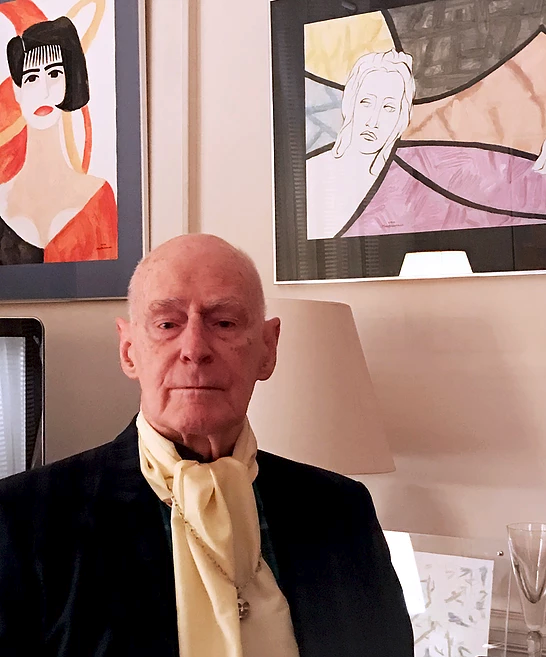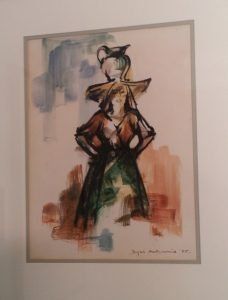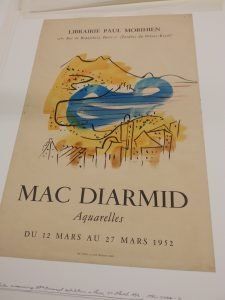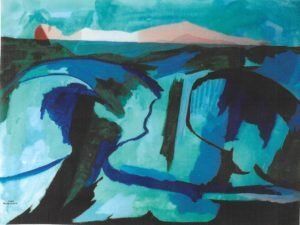New Zealand Herald review – Biographies fill missing bits of jigsaw
New Zealand Herald review – Biographies fill missing bits of jigsaw
Thank you to Peter Simpson for his review of the life and times of Douglas MacDiarmid, published in the New Zealand Herald on Saturday 10 November, 2018.
Biographies fill missing bits of jigsaw
Reviewed by Peter Simpson
These welcome books have much in common; both are well-researched, high quality biographies of substantial New Zealand artists from last century.
Theo Schoon (1915-85) was a few years older than Douglas MacDiarmid, born in 1922 and now 96 years old. Both are accomplished, versatile but somewhat under-rated or sidelined figures within the country’s art history. These books should go some way to correcting that; both fill gaps in the jigsaw puzzle of New Zealand art.
The relative neglect of Schoon and MacDiarmid results from neither belonging to the mainstream; they were, in different ways, outsiders. Both were gay or, in MacDiarmid’s case, bisexual – a matter fully and appropriately dealt with by their biographers – but the main reasons for marginal status are that Schoon was an immigrant who never fully adjusted to New Zealand and MacDiarmid was an emigrant who lived most of his life in France.
These welcome books have much in common; both are well-researched, high quality biographies of substantial New Zealand artists from last century.
Theo Schoon (1915-85) was a few years older than Douglas MacDiarmid, born in 1922 and now 96 years old. Both are accomplished, versatile but somewhat under-rated or sidelined figures within the country’s art history. These books should go some way to correcting that; both fill gaps in the jigsaw puzzle of New Zealand art.
The relative neglect of Schoon and MacDiarmid results from neither belonging to the mainstream; they were, in different ways, outsiders. Both were gay or, in MacDiarmid’s case, bisexual – a matter fully and appropriately dealt with by their biographers – but the main reasons for marginal status are that Schoon was an immigrant who never fully adjusted to New Zealand and MacDiarmid was an emigrant who lived most of his life in France.
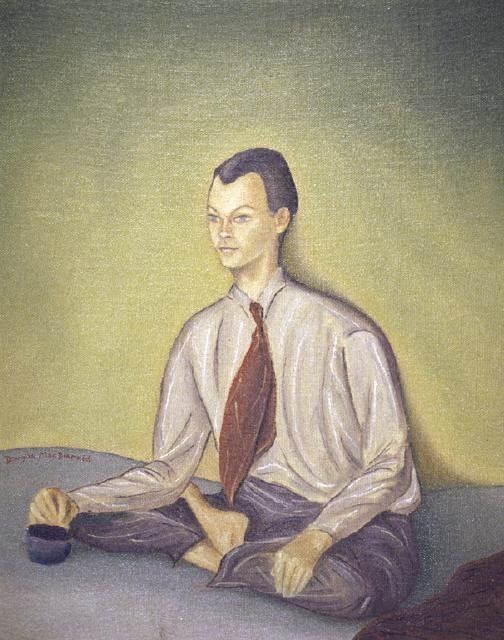
The dominant characteristic of Schoon’s career was its chameleon character; every few years his attention shifted to a new subject matter or artistic medium. At first he focussed largely on portraits (Rita Angus, Gordon Walters, Dennis Knight Turner) in fairly conventional style. In the late 1940s, he became obsessed with Māori rock drawing, convinced that it was a wholly overlooked area of world art.
He spent years exploring sites and making drawings in rugged South Island hill country. In the 1950s, he turned largely to photography focussing on subjects drawn from thermal areas around Rotorua, treated in a modernist manner.
A decade later, while living in Grey Lynn, a new passion was growing gourds and carving them with designs derived from Māori moko and kowhairwhai patterns. Around this time, he produced important modernist paintings developed from and adapting Māori designs. Yet another fresh interest in the late 1960s and early 70s was carving jade (pounamu).
Skinner expertly follows all these twists and turns of Schoon’s complex development, finally sorting out and making sense of a career many have found confusing – an impressive (and well-illustrated) achievement.
MacDiarmid’s career is likewise eclectic and many-faceted, although largely within painting. He was a precocious member of the Christchurch Group in his early 20s, fitting easily into the prevailing landscape mode.
However, he was impatient for wider experience and soon headed overseas, where his painting broadened to include range of styles and genres. Cahill writes: “There is no typical MacDiarmid painting…Diverse and arresting, his work is always substantial and distinguished by intense, often exuberant colour.” More than 100 illustrations – portraits, landscapes, cityscapes, still lifes, figure paintings, history paintings – bear out the truth of this assertion.
Written in close consultation with its living subject (the author is MacDiarmid’s niece), Cahill’s book is rich, teeming and colourful – a worthy testament to a fascinating life.
* Please note: MacDiarmid did not study at the Canterbury School of Arts – MacDiarmid Arts Trust

To read more about Douglas MacDiarmid’s fascinating journey through life Buy your copy of Colours of a Life – the life and times of Douglas MacDiarmid by Anna Cahill (2018)

